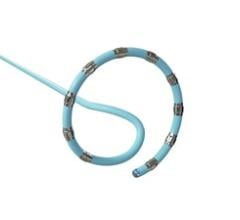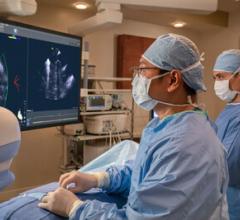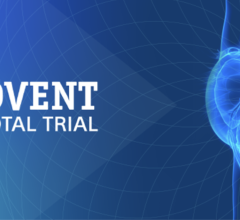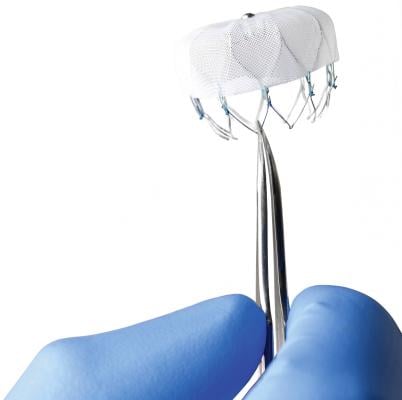
November 7, 2016 – Results from the U.S. real-world, post-FDA approval experience of the Watchman device found high procedural success and low complication rates despite implantations by a large percentage of new operators. The Watchman device was approved by the U.S. Food and Drug Administration (FDA) in March 2015 for left atrial appendage occlusion (LAAC) to reduce the risk of stroke in patients with non-valvular atrial fibrillation (AF).
Findings from the Watchman US Post-Approval Experience were reported today at the 28th annual Transcatheter Cardiovascular Therapeutics (TCT) scientific symposium. The results of the study were also published simultaneously in the Journal of the American College of Cardiology (JACC).
“While LAAC avoids the anticoagulant-related lifetime risk of bleeding, implantation of the device can be associated with upfront complications,” said lead investigator Vivek Y. Reddy, MD. Dr. Reddy is Director of Cardiac Arrhythmia Services for The Mount Sinai Hospital and the Mount Sinai Health System, and The Leona M. and Harry B. Helmsley Charitable Trust Professor of Medicine in Cardiac Electrophysiology at Icahn School of Medicine at Mount Sinai. “Thus, enthusiasm for LAAC as a treatment option has been appropriately tempered, particularly as the therapy is introduced into general clinical practice.”
Despite the absence of a formal national prospective clinical registry, the researchers were able to collect procedural data on all LAAC procedures since FDA approval. The manufacturer required a clinical specialist be present at all cases, and procedure parameters and major complications were collected and reported using a standardized process and forms.
Watch the video “Post-FDA Approval Experience of LAA Occluders at ACC.16,” an interview with David Holmes, M.D., professor of medicine, Mayo Clinic College of Medicine and consultant, Department of Internal Medicine, Division of Cardiovascular Diseases,
In this multicenter, prospective registry, 3,822 consecutive patients underwent device implantation by 382 operating physicians in the U.S. The operators included both those who had previously performed LAAC procedures as part of clinical trials (29%), as well as “naive” operators (71%) - those physicians who had not previously performed any Watchman procedures prior to FDA approval. This latter physician group performed 50% of all procedures in the 3,822 patient cohort.
The procedure was successfully performed in 3,653 of 3,822 patients (95.6%) with an average duration of 50 minutes. The most prevalent complication reported was pericardial effusion requiring intervention in 39 patients (1.02%). Procedure-related stroke was 0.08% (n=3) and the mortality rate was 0.08% (n=3). There were nine (0.24%) instances of device embolization; two-thirds (n=6) of these required surgical removal, while the remaining third (n=3) were removed percutaneously. All but one of the device embolizations were identified either during the procedure (n=5) or while the patient was recovering in the hospital (n=3).
“The data shows that the U.S. clinical experience with LACC using the Watchman device has been favorable,” said Dr. Reddy. “Since the device was approved by the FDA, the technology has been used in increasing numbers of patients and procedural success rates remain high. In addition, despite a large percentage of previously inexperienced operators performing the implantation procedures, complication rates continue to improve compared to earlier clinical trials.”
The WATCHMAN US POST-APPROVAL STUDY trial was funded by Boston Scientific. Reddy has received research grant support from and has been a consultant for Boston Scientific, Coherex, SentreHeart and St Jude Medical.
Read the article, “Occluding the Left Atrial Appendage (LAA),” an update on LAA occlusion technology from mid-2016.
For more information: www.crf.org

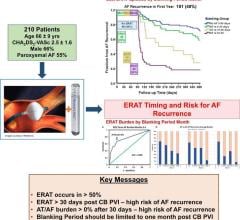
 April 18, 2024
April 18, 2024 
